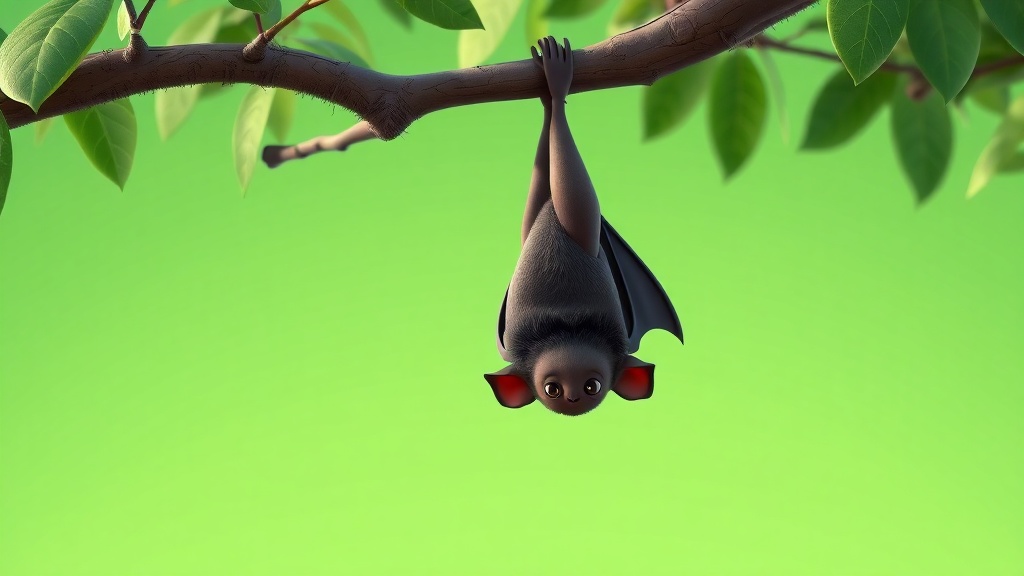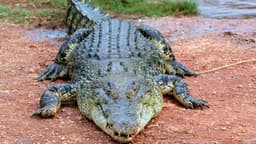Home / Environment / Tiny Winged Wonders: Bats Thrive in Aussie Backyards
Tiny Winged Wonders: Bats Thrive in Aussie Backyards
31 Oct
Summary
- Over 90 bat species call Australia home
- Microbats, some as small as walnuts, live in urban areas
- Bright lights at night can disrupt bats' feeding and roosting

As the weather warms up in late October 2025, Australia's diverse bat population is becoming more active. The country is home to over 90 bat species, and for many, this time of year marks the start of bat baby season, when mothers need more food to support themselves and their pups.
While most people associate bats in the city with flying foxes, or fruit bats, Australia is also home to a "whole slew of different tiny little bats" known as microbats. These insect-eating bats can be as small as a walnut and often roost in tree hollows, under bark, and even in some buildings. Despite their presence, many Australians are unaware of these "fascinating, cool little animals" that are their nocturnal neighbors.
To help these bats thrive, experts recommend making some simple changes. Bright lights at night can disrupt bats' feeding and roosting, so it's best to limit outdoor lighting to only what is necessary and use warmer-colored bulbs. Planting diverse native gardens and providing safe nesting sites in mature trees can also make a big difference for bats and other urban wildlife.




